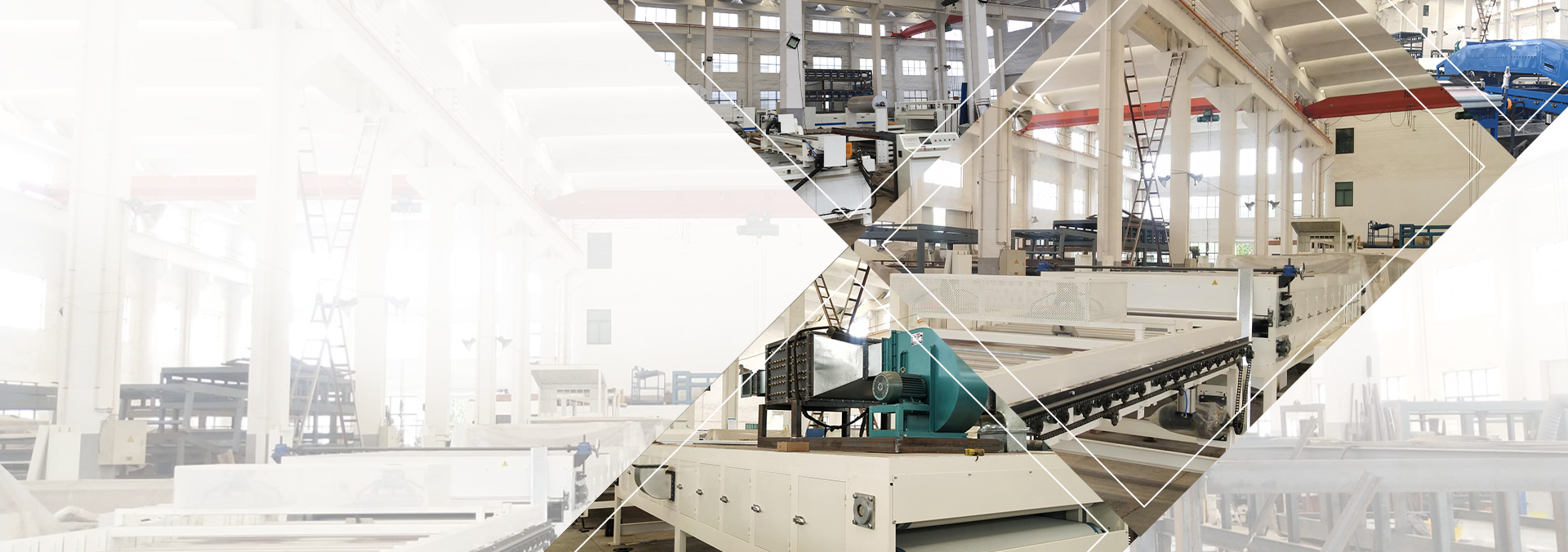
Resources
Contact Us
In today's burgeoning industries, precision and efficiency play pivotal roles in meeting customer demands and staying ahead of the competition. This is especially true for the paper manufacturing industry, where advanced technology and quality control measures are crucial for maintaining high standards. In this blog post, we will explore the significance of quality control measures in the paper roll slitter process, highlighting the importance of precision, accuracy, and consistency.
In the production of paper rolls, a paper roll slitter is a pivotal machine that cuts large paper rolls into smaller, more manageable sizes. However, to deliver the desired results, every step of the process must meet precise specifications. Quality control measures ensure that each paper roll slitter operates at optimal efficiency, guaranteeing the highest level of precision in the cutting process.
One crucial aspect of quality control is regular maintenance and calibration of paper roll slitters. By adhering to a strict maintenance schedule, manufacturers can identify and rectify potential issues before they affect the quality of the output. Proper calibration ensures that the slitter is cutting the paper rolls with utmost accuracy, minimizing wastage and enhancing productivity.
Consistency is key when it comes to paper roll slitting. Whether the purpose is for printing, packaging, or any other industry application, customers expect consistent and uniform dimensions in their paper rolls. Quality control measures help ensure that every roll produced by the slitting process is up to the highest standard.
To maintain consistency, manufacturers employ advanced technologies such as computerized numerical control (CNC) systems. These systems allow for precise positioning and control of the slitter blades, eliminating variations in the cutting process. Additionally, integrating automated inspection systems further enhances quality control by identifying any defects or inconsistencies in the produced rolls, allowing for immediate corrective action.
In today's competitive market, meeting industry standards and exceeding customer expectations are paramount. Implementing quality control measures in the paper roll slitter process ensures that manufacturers consistently deliver products that meet these requirements.
Quality control measures guarantee that each paper roll slitter complies with relevant industry regulations and standards, such as ISO certifications. Adhering to these standards not only ensures product quality but also enhances credibility and opens doors to broader market opportunities.
Moreover, customer satisfaction is directly influenced by the quality of the delivered paper rolls. By implementing quality control measures, manufacturers can minimize defects, inconsistencies, and potential damage to the paper rolls during the slitting process. Consistently providing high-quality paper rolls not only strengthens customer relationships but also fosters a positive brand image.
The significance of quality control measures in the paper roll slitter process cannot be overstated. By prioritizing precision, accuracy, and consistency, manufacturers can uphold the highest standards, meet industry regulations, and exceed customer expectations. Through regular maintenance, proper calibration, advanced technologies, and automated inspection systems, paper roll slitter operations can optimize efficiency, minimize wastage, and ensure product uniformity. Embracing quality control as an integral part of the process ultimately contributes to a successful and reputable paper manufacturing brand.
Related Products
